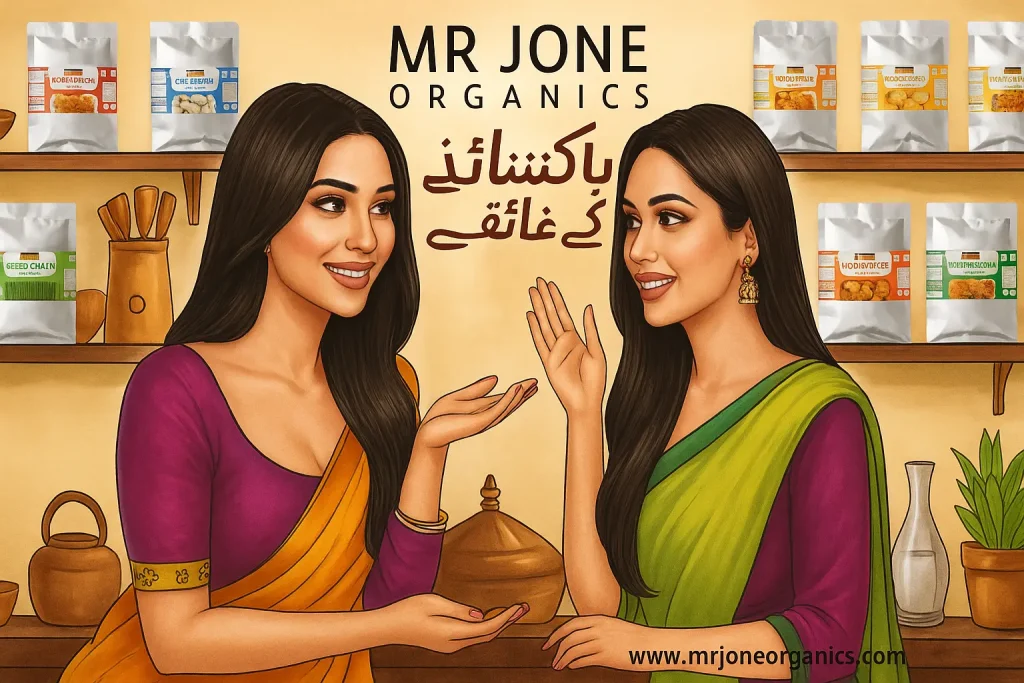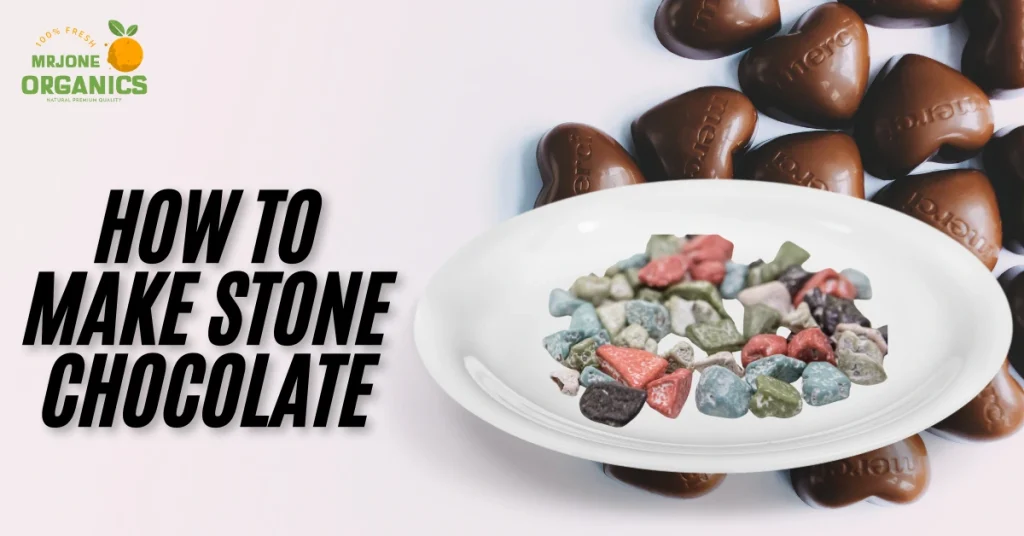Pakistan’s pickle tradition (achar) is one of its richest culinary legacies — a mix of regional ingredients, family recipes, and centuries-old preservation techniques. From the tang of mango to the spice of chili, every province has given its own twist to this flavorful art form.
If you want to explore authentic desi flavors, you can buy pickle in Pakistan from Soghat-e-Khas, where every jar captures the taste of homemade heritage. And if you’re a fan of bold Punjabi flavors, the Sarson Da Saag Pickle is a true reflection of rural comfort and winter warmth — unique, earthy, and deeply nostalgic.
1. Multani Mango Pickle (ملتانی آم کا اچار) — From South Punjab
In the mango belt of Multan, this pickle has reigned supreme for generations. Fresh raw mangoes are sun-dried, salted, and soaked in mustard oil with a fragrant mix of fenugreek and chili. The result is a tangy, spicy delight that pairs perfectly with hot rotis and lentil curries.
2. Lahori Lasoora Pickle (لاہوری لسوڑا اچار) — From Lahore
The Lasoora fruit, native to Punjab, transforms into a deliciously sticky and spicy condiment once pickled. Its unique gelatinous texture traps every bit of masala, giving Lahori households a beloved companion to meaty gravies and rice dishes.
3. Sindhi Karela Pickle (سندھی کریلا اچار) — From Sindh
Sindh’s bold food culture thrives on balance — and this Karela Achar does exactly that. The bitterness of bitter gourd blends beautifully with mustard seeds, fennel, and red chili, all steeped in mustard oil. It’s an acquired taste that true desi food lovers cherish.
4. Larkana Lotus Root Pickle (لاڑکانہ بیہ کی جڑ کا اچار) — From Upper Sindh
A delicacy from the freshwater ponds of Larkana, Beh ka Achar uses crunchy lotus stems seasoned with garlic and cumin. It’s slightly earthy, slightly tangy, and often served with khichri or plain rice — a classic in Sindhi households.
5. Hyderabad Mix Pickle (حیدرآباد مکس اچار) — From Interior Sindh
Hyderabad’s famous Mix Achar blends mango, lemon, and chili into one colorful medley. It delivers sweet, sour, and spicy notes in every bite — the kind of pickle that turns even a simple meal into a festive one.
6. Desi Lahsan Pickle (دیسی لہسن اچار) — From Punjab & Sindh
Garlic pickle, or Lahsan Achar, is treasured for both flavor and health. Peeled garlic cloves are cured in mustard oil (sometimes in Olive Oil) and tangy spices until they mellow into soft, pungent perfection. It’s the winter hero that brings warmth to every bite.
7. Green Chilli Pickle (ہری مرچ کا اچار) — Found Nationwide
Spicy, vibrant, and fiery — Hari Mirch ka Achar is a national favorite. Every province has its own version, from slit chilies stuffed with roasted spices to finely chopped green chilies floating in oil. A single spoonful can awaken any dull meal.
8. Lemon Pickle (لیمو کا اچار) — From Balochistan
Balochistan’s dry heat naturally aids preservation, making Lemon Achar a local masterpiece. Lemons are salted, sun-cured, and mixed with chili powder to develop a deep, tangy flavor that matures beautifully over time.
9. Red Carrot Pickle (سرخ گاجر کا اچار) — From Northern Punjab
Winter in Punjab means vibrant carrots — perfect for Gajar ka Achar. Sliced red carrots are blended with mustard oil and crushed chili, creating a crunchy, mildly sweet pickle that livens up any meal.
10. Sarson Da Saag Pickle (سرسوں دا ساگ اچار) — From Rural Punjab
Made from mustard greens, this pickle pays homage to Punjab’s beloved winter dish Sarson da Saag. Blended with spices and mustard oil, it carries an earthy warmth that makes it a nostalgic favorite across the region.
Preserving Pakistan’s Culinary Heritage
From Sindh’s sun-dried vegetables to Punjab’s oil-rich spice mixes, Pakistani pickles reflect more than taste — they reflect patience, preservation, and pride. These jars of achar are cultural storytellers, capturing both climate and tradition in every bite.
So next time you open a jar, remember — it’s not just pickles, it’s a piece of Pakistan’s edible history.


